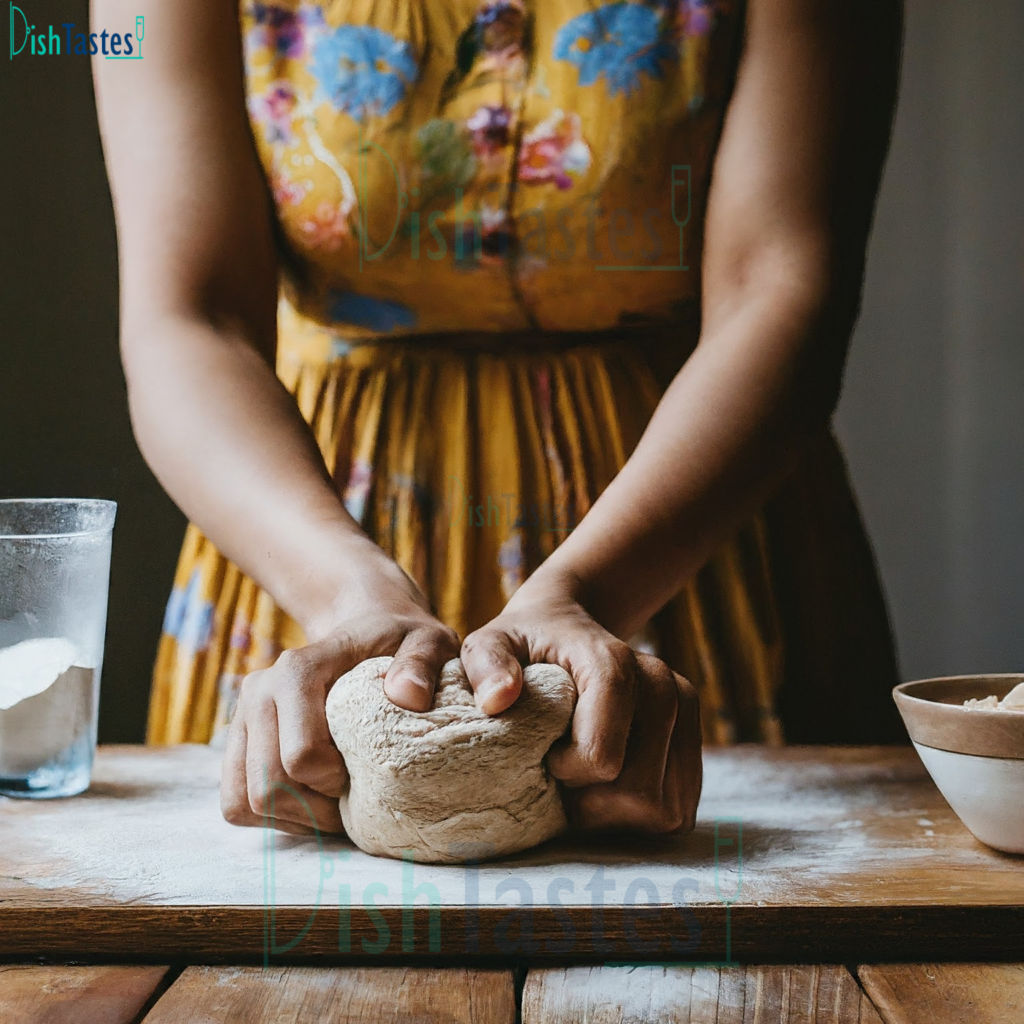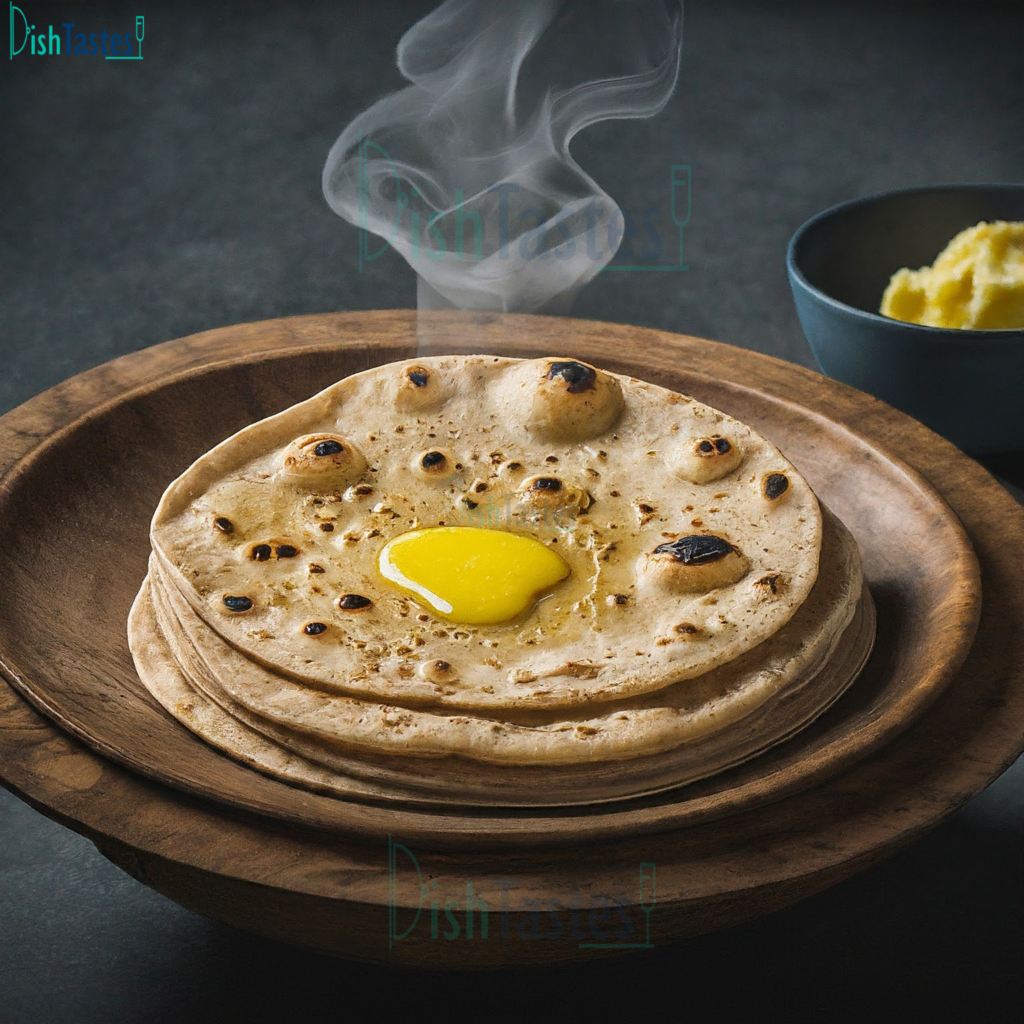Introduction: Crafting the Quintessential Homemade Indian Chapati
At the core of Indian cuisine is the chapati, a versatile flatbread that enhances daily meals with its warmth. This cherished staple, with its tender texture and wholesome goodness, is more than bread; it’s a tradition passed down through generations. Crafting the perfect homemade chapati is a culinary adventure connecting us deeply with Indian culture.
To master chapati making, gather knowledge and techniques refined over centuries. From selecting flour to flipping on the tawa, each step builds toward chapati excellence. Whether you’re experienced or new, these seven tips will help you create soft, fluffy, and delicious chapatis.
Discover the secrets of homemade Indian chapati, where each ingredient reflects tradition and every roll celebrates culinary craftsmanship. This journey feeds not only the body but also the soul with the joy of cooking and sharing. Let’s embark together on this flavorful expedition, where each chapati made is a symbol of love and care in Indian cuisine.

1. Choose the Right Flour
The foundation of a good chapati lies in the flour. Opt for high-quality, finely ground whole wheat flour, known as atta. It’s not only rich in fiber and nutrients but also lends a superior taste and healthiness to your chapatis.
2. Water Temperature Matters
The temperature of the water used to knead the dough is absolutely crucial. Indeed, lukewarm water is ideal because it activates the gluten in the flour, thereby making the dough more pliable and easier to roll out into thin, even chapatis. This step is essential for achieving the perfect texture and consistency in your chapatis.
3. Knead to Perfection
Achieving a soft and well-kneaded dough is key. Firstly, use your knuckles to press and fold the dough repeatedly for about 8-10 minutes. This dedicated effort, importantly, results in a dough that’s ideal for creating softer chapatis.

4. Rest the Dough
After kneading, let the dough rest, covered with a damp cloth, for at least 30 minutes. This resting period allows the gluten to relax, making the dough softer and resulting in puffier chapatis.

5. Roll Evenly
Uniformity is crucial when rolling out chapatis. Aim for even thickness and a round shape to ensure uniform cooking, which significantly affects the texture and taste of the chapatis.

6. The Right Cooking Surface and Temperature
For cooking chapatis, you should always use a heavy-bottomed skillet or a traditional Indian tawa. It’s crucial to heat it properly before you start. Aim for a medium-high heat setting to get that perfect puff in your chapatis.
7. Practice the Flip
Mastering the flip is almost an art form in chapati making. Place the chapati on the tawa and wait for small bubbles to form before flipping. Cook until small brown spots appear, then flip again. Use a cloth or spatula to gently press and encourage the chapati to puff up.
By adhering to these seven expert tips, you’ll be on your way to mastering the art of making Homemade Indian Chapati Bread. Remember, making chapatis is not just about following a recipe; it’s about embracing a tradition that adds warmth and joy to any meal. Enjoy the process and the delicious, fluffy chapatis that you’ll create, bringing a taste of India right into your home.

Essential Ingredients for Chapati
At its core, chapati thrives on simplicity, necessitating nothing beyond whole wheat flour, water, and a pinch of salt. Importantly, the choice of flour is pivotal, as it significantly impacts the chapati’s texture. Therefore, opting for a high-quality, finely milled whole wheat flour is crucial. Moreover, for those desiring a softer texture, adding a small amount of oil or ghee to the recipe has become a common practice.

Recipe: Indian Chapati Bread
Recipe Components:
2 cups whole wheat flour
1/2 teaspoon salt
3/4 cup water
Ghee or melted butter, for brushing
Preparation Steps:
In a large mixing bowl, combine the whole wheat flour and salt.
Gradually add water, mixing to form a soft dough.
Knead the dough on a lightly floured surface for about 5 minutes, until it’s smooth.
Divide the dough into 10 equal parts and roll each into a ball.
Flatten the balls slightly, then roll each out into a thin circle, about 6 inches in diameter.
Heat a skillet over medium-high heat and cook each chapati for about 30 seconds on each side or until puffy and lightly browned.
Brush each chapati with ghee or melted butter.
Serve warm.
Prep Time: 15 minutes | Cooking Time: 15 minutes | Total Time: 30 minutes |
Kcal: 120 kcal per chapati | Servings: 10 chapatis |
Tools and Equipment Needed
To prepare chapati, you’ll require essential tools: a rolling pin and a flat griddle, commonly known as a tawa. A smooth, wooden rolling pin is ideal for precise control over chapati thickness. Additionally, the tawa should be heavy to ensure even heat distribution, resulting in perfectly cooked chapatis. Mastering these tools will significantly enhance your chapati-making experience and yield consistently better results.
The Art of Kneading Dough
Kneading the dough is crucial for soft chapatis. Aim for a dough that is soft, pliable, and non-sticky. Allowing the dough to rest for at least 30 minutes before rolling it out is vital, as it relaxes the gluten, making the dough more manageable.
Rolling the Perfect Chapati
Achieving the perfect thickness and round shape requires practice. Roll the chapati thinly, avoiding tears, and ensure consistent thickness for uniform cooking. This consistency directly influences the chapati’s texture and overall cooking results.
Cooking Chapati: A Step-by-Step Guide
Cooking chapati on a preheated tawa, with timely flipping, is crucial for achieving puffiness. Cook one side briefly, then flip to cook the second side until brown spots emerge. Finally, flip once more to allow it to puff up.
Secrets to Soft and Fluffy Chapatis
To achieve soft and fluffy chapatis, it’s essential to pay attention to both dough moisture and resting time. Firstly, thoroughly knead the dough, ensuring it’s soft and pliable. Secondly, allow ample resting time for gluten relaxation, which is crucial for softness. Additionally, roll out the dough evenly to ensure uniform cooking. Finally, cooking at the perfect temperature is vital to achieve the desired texture.

Serving Suggestions
Chapatis pair well with various dishes, from curries to sandwiches. They taste best when fresh but can also be stored and reheated without compromising quality.


Nutritional Value of Chapatis
Chapatis serve as a nutritious source of complex carbohydrates, fiber, and essential minerals. Moreover, whole wheat flour enhances their nutritional profile, presenting them as a healthier alternative to white bread.
Cultural Significance of Chapati in India
Chapati holds significant cultural importance in India, serving as a reflection of diverse culinary traditions. Crafting chapati at home not only celebrates tradition, but also embraces culture and the pleasures of cooking. Moreover, it fosters a connection with generations past while enhancing our culinary skills and experiences.
Troubleshooting Common Chapati Making Problems
Making chapati, a staple in Indian cuisine, can sometimes pose challenges. Here are solutions to common issues:
Sticky Dough: Excess water causes stickiness. Gradually add more flour until the dough is smooth and pliable.
Hard Chapatis: Overcooking or insufficient hydration leads to hardness. Ensure soft, well-hydrated dough and cook until light brown spots appear.
Dough Too Dry: Add water gradually and knead until soft. The dough should hold together without crumbling.
Chapatis Not Puffing: Several factors may hinder puffing. Ensure sufficient dough rest, hot pan, and even rolling for uniform cooking and perfect puffing.
Advanced Chapati Making Techniques
For those looking to elevate their chapati game:
- Stuffed Chapatis: Elevate your chapati by filling them with spiced potatoes, paneer, or ground meat before rolling. This transforms them into flavorful stuffed delights known as parathas.
- Using Alternative Flours: Experiment with whole wheat flour mixed with millet, sorghum, or amaranth for added nutrition and diverse flavor and texture.
Homemade Indian Chapati Bread Recipe Variations
To cater to dietary needs, consider these variations:
For gluten-free options, try chickpea, rice, or specially formulated gluten-free flours. They ensure everyone can enjoy the comfort of homemade chapatis, regardless of dietary restrictions.
Traditional chapati recipes are inherently vegan, consisting solely of flour, water, and salt. Therefore, it’s crucial to ensure that any additional fillings and toppings adhere to vegan standards for an inclusive dining experience.


FAQs about Homemade Indian Chapati Bread
What is chapati bread made of?
Chapati is made from whole wheat flour, water, and a pinch of salt. These simple ingredients come together to create a soft and satisfying bread with a distinctive flavor. Additionally, the combination of whole wheat flour, water, and salt results in a dough that is easy to work with and yields delicious chapatis.
Is chapati the same as naan?
No, chapati and naan are different. Chapati is unleavened, meaning it doesn’t use rising agents, while naan is leavened, often using ingredients like yeast or yogurt to help it rise. Naan is typically softer and fluffier than chapati.
What is the difference between a chapati and a roti?
Chapati and roti are similar, but chapati is specifically a thin, flat bread cooked without oil on a griddle, while roti is a broader term for any unleavened Indian bread made from whole wheat flour and water.
What is chapati called in English?
Chapati is often called flatbread in English because of its thin, flattened shape and how it’s cooked on a flat surface.
What is the Indian bread called? / What is chapati called in India?
In India, chapati is known as roti. Both terms refer to unleavened bread made from whole wheat flour and water.
What is the difference between Indian and African chapati?
Indian chapati is made with whole wheat flour, water, and salt, while African chapati often includes oil or ghee and sometimes sugar, resulting in a richer flavor and different texture.
Conclusion: The Joy of Making Chapati at Home
Making chapati at home isn’t just cooking; it’s embracing tradition and connection. Each warm, soft chapati tells a story, nourishing both body and soul and bringing India’s culinary legacy into your kitchen. Celebrate homemade food, master the craft, and indulge in a mindful retreat with chapati making. Join us in celebrating India’s culinary heritage, one delicious chapati at a time.

